
A term that gets thrown around a lot these days is life-long learner. To us, this label encompasses the idea that there will always be something you don’t know and something more to learn. And in this online world full of information, one of our favorite volleyball resources is The Art of Coaching Volleyball.
The Art of Coaching Volleyball is headed by three well-known coaches: Russ Rose, John Dunning, and Terry Liskevych with the mission to, “offer the tools necessary for you to be an outstanding coach who values listening and learning and seeks to evolve.” With coaching clinics and a website of videos and articles, TheArtofCoachingVolleyball.com is a resource for many and if you are interested, we encourage you to check it out.
Today, along with our recruiting coordinator Jim Saari, we are looking The Art of Coaching Volleyball article: Developing Better Volleyball Players Requires Changing the Way We Teach by Jim Stone.
We can all agree that volleyball in the United States is on the up swing. With increased participation numbers, national team success and TV-visibility of collegiate teams, what do we need to do in order to continue the upward growth?

"Isn't "layering", the gradual implementing of more complex systems... the most satisfying method of learning?"
Jim Saari (Silver State Volleyball Club Recruiting Coordinator)
According to Stone, “To continue elevating the level of play in our sport, we need to develop more multi-skilled volleyball players. Currently, we mask the shortage of all-around skilled players with substitution rules and positional specialization. To develop players with a diversified skill set, we need to start at the young ages – specifically, ages 10-13.”
Stone breaks down the task of creating all-around skilled players down to three simple things at young ages: more rallies, more touches, and more fun (of course).
Saari agrees, “As someone who spent time officiating middle school and freshmen volleyball, it drove me crazy as the first month was all the coaches yelling at the kids things like "you're supposed to go to left back after you've served" and "you're setting out of the back row" when there is no ball control or court movement. The emphasis for young players should be getting a high amount of ball contacts.”
We highly suggest you head to The Art of Coaching Volleyball to read the full article, here we are going to do a recap of Stone’s changes as well as Saari’s thoughts.
#1. Make the court smaller – less area to cover
#2. Lower the net height to the average-sized players arm reach – easier to get ball over the net
#3. 4 players on each side – more ball contacts
#4. Play shorter games with more sets – more urgency to score
Why does Saari think Stone is on to something?
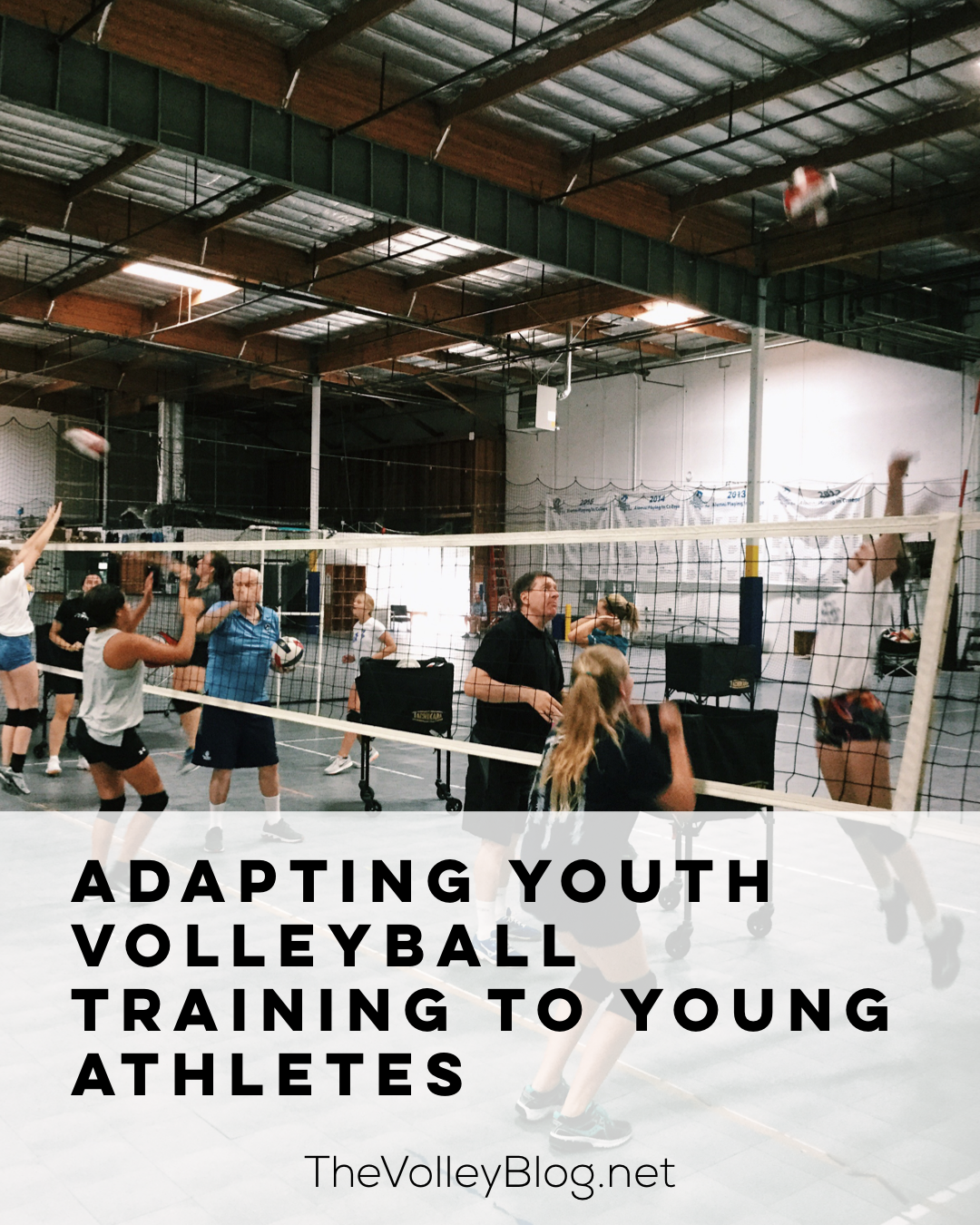
“One of my favorite ways to accomplish increased ball contacts is thru small area games. I see way too many coaches, at all pre-college levels, plugging players into what they view as their 6 player roles. I love Stone’s 4 player, badminton sized court play for sub-middle school, but why aren't more HS freshman or 14's club teams playing 4-2's when they lose a ton of points to transition issues when trying to run 6-2's? I see 14's teams all trying to do everything their 18's are doing.
Isn't "layering", the gradual implementing of more complex systems as skill acquisition warrants, the most satisfying method of learning? All coaches need to balance where the team is currently with the long term system and goals. I, for one, would love to see a full implementation of Coach Stone's ideas in USA Volleyball or, at the very least, much experimentation with them.”
Small court drills are not limited to young kids, many warm up drills are set up on half a volleyball court to achieve the same goals Stone wants to emphasize, increased ball contacts and creating better all-around volleyball players. An example of this is the National Drill or Ball on None (video below) which gives three players half a court to cover and can be adapted for different skill levels.
Here is link to the video of Jim's small court drill that AVCA used. https://www.youtube.com/watch?v=QVLhhG07WTI&list=PLL-A2daHO7lrBkcA_XZ0da_wEKK8jUZOU
We can all agree that volleyball in the United States is on the up and up. With increased participation numbers, national team success and TV-visibility of collegiate teams, what do we need to do in order to continue the upward growth? I see way too many coaches, at all pre-college levels, plugging players into what they view as their 6 player roles. I love Stone’s 4 player, badminton sized court play…
I have had many players ask what they can do this summer to improve their volleyball game. It is a great question to answer because it means that our players are taking their development seriously outside of the regular club season. To be great, or even good, there is no true “off season”. The months outside of the club season are more like a different phase of training. Everyone has a limited amount of time and energy, so it is important to recognize how/what you can do to achieve your goals.
Let’s speed up our recovery. Consuming protein rich foods will aid healing and are essential in coming back from a sports injury. The body makes millions of new proteins daily to replace worn-out proteins who make connective tissue, red blood cells, and muscles. There are two types of proteins...
If you are in need of a little Monday motivation after what I hope was a rockin' relaxing Thanksgiving, then look no further. In case you missed it, yesterday the bracket for the post-season tournaments were revealed and we've tracked down some of the amazing videos that show teams reactions as well as articles that explain how the committee made the decision on the last four teams into the NCAA Division I National Championship Tournament. And did you know there is a second post-season tournament?
Vitamin A is the name of a whole group of fat soluble vitamins called retinoids (retinol, retinal and retinyl esters to be exact). Vitamin A has been shown to be a valuable piece in the injury healing puzzle. When your body starts to heal, it needs to grow new tissue to fix the damaged pieces. Cells are used to reproduce and create this new tissue.
I dub this article the post tryout autopsy. The hard part is over you think -- you made it through tryouts with the drills and the physical tests, all while acting as if it was just another day at the office. You take off the sweaty knee pads, walk out of tryouts and wait… wait… wait to see what team you made. Maybe you check every day even though results are not supposed to be for another five days, but just in case you check. And then finally the link is up...
While I may not have been able to watch as much volleyball as I would have liked recently, there has been plenty volleying all around the country. For most if not all conferences, November brings the back half of conference play which means a lot of teams meeting for the second time.
These rematches are fun to watch because you can make predictions based on the last matchup and still be surprised!!
Healing foods aid with muscle recovery, tendon injuries and help decrease time to get back into rotation. Your body is built to heal from the inside out. Eating foods to support recovery is extremely important in the healing process.Omega-3 fatty acids are important to normal metabolism, the breakdown of food and use of nutrients in our bodies. This helps our bodies utilize nutrients needed for the body to repair an injury.
We have made it to the 1st October week of volleyball. Check out the recent big upsets, what it means for the teams. What's going on in conference play and the big milestone that was hit by one of the best volleyball coaches in the nation...
As a volleyball player, getting hurt happens. Injuries can be a super downer to your momentum and psyche. It can be disheartening and frustrating when you can’t train to your full capacity. Thankfully, food is another component. Your body is built to heal from the inside out. Eating foods to support recovery is extremely important in the healing process. Vitamin C, also known as ascorbic acid, is required to synthesize collagen. Collagen is a protein your body uses to make connective tissues such as tendons, ligaments and skin.
NCAA volleyball season is finally upon us! Find out info including how many undefeated teams are in the top 25, how many 5 set matches have been played already and who the AVCA player of the week is...
Keeping with the topic of fluids and performance, let’s talk caffeine. Many athletes enjoy a little caffeine lift in the morning, during lunch breaks, before training and during competition. However, the question comes up regarding caffeine and performance. To caffeinate, or not to caffeinate. We can talk about caffeine as a part of a sports diet and try to help you determine if you want to take it, or leave it in regards to your performance. Science does have proof that caffeine can be beneficial for athletic performance. Caffeine has been tested in many studies as an ergogenic aid (ability to enhance physical performance) for endurance and short term-high intensity exercise.
Saying I learned a lot about my self during that time would be an understatement. There was clearly much more independence because you are living away from your family, in my case approximately 1,400 miles away. And managing a college schedule with volleyball was different than anything I had experienced in high school. I made it through my first season but almost immediately I began to reevaluate whether I was where I wanted to be
It is no secret, many factors go into making us a star. We’ve talked a lot about the food part of fueling, but, one of the most important aspects to nutrition is actually not food. It’s liquid! Unfortunately, athletes often forget to properly hydrate. A lot of us only think about drinking water when they are thirsty, and by then, it may already be too late. Thirst sensation doesn’t appear until we are around 1 to 2 percent dehydrated. Dehydration can affect athletic performance in a negative way. Mild dehydration can alter one’s mood, energy level and ability to think clearly.
If you just glanced over the title, I want to repeat it for you to make sure you didn’t miss the most important word. 3 Types of Failures That Can Make You a Better Volleyball Player, can. Three little letters which clarify that nothing is automatic. You cannot show up to the gym and spontaneously improve. You cannot think up a dream and inevitably achieve it. You cannot fail and automatically learn
3 Types of Failures That Can Create Better Volleyball Players
Inescapable Failures: competing higher than your skill level...
We’ve talked a bit about the importance of not going on empty to practices and games, as well as how to recover with food afterward. So, what about the “other foods” that we are craving (sweets, candy, chips..etc). Would these hinder our performance? The answer. Most likely. Especially if you have them before your matches or practice. The type of fuel you put into your body is definitely important. Let’s talk about caving for sugary and salty foods could set your vehicle on the curb.
First offender, sugars and sweets...
Stay Fueled Up
Now that we have been practicing having snacks and fuel before practices and games, here comes the next step. Topping off your fuel during long practices/games and then re-fueling. I’ll talk to you a bit about why each is important, and provide you with some tips so, hopefully, we’ll have a full tank all of the time!
During: Make a Pit Stop
During competition, we want to keep your energy up the whole game. Gas tanks need a re-fuel after a long drive, your body works the same way...
"Surround yourself with the dreamers and the doers, the believers and thinkers, but most of all, surround yourself with those who see the greatness within you, even when you don't see it yourself" - Edmund Lee. From inspiration to everyday knowledge to eating well to just talking volleyball, take 5 minutes to check out these 5 posts... today.
Feel like you’re hearing all kinds of nutrition information everywhere? I sure do! It’s on the news, all over Facebook feeds, in magazines, on Instagram… It can be hard to decipher what is real, and what is not! So, I am here to give you science based professional advice that IS real! Nutrition is a tool for you to use. Food can affect your performance positively, or negatively. Let’s work on putting food in to fuel us the right way. Running to practices or games on empty? Think about what happens to a car when it runs out of gas. The same thing happens to your body when you work out without food. Your body is your vehicle. You need to keep your engine running by providing it with fuel when you have practices and games...
Does ͞being healthy͟ feel like a daunting task? Like everything ͞good͟ is off limits and a really good diet is pretty boring? I thought like this for a long time too… but I'm happy to say it's not the case ;-) Besides being the green fur for those ͞ch-ch-ch-chia͟ pets, chia seeds have numerous health benefits. Chia seeds are a quick and easy-to-use source of protein that provides healthy fats, dietary fiber, minerals, vitamins, and antioxidants. So much goodness all rolled into one little package. They are an easy, filling way to boost your nutrition to that extra mile...
During my time playing, I never stopped smiling. There were times when I wasn’t smiling as much, due to the fact that I wasn’t playing as good as I could have or I was being yelled at. I have had two coaches that have yelled at me. One coach I will always thank for yelling at me, I didn’t realize this when he was actually scolding me, but now I couldn’t be happier. The other coach was just mean. Her yelling never made sense and she tried to degrade you every single time she spoke to you...
Does “being healthy” feel like a daunting task? Like everything “good” is off limits and a really good diet is pretty boring? I thought like this for a long time too… but I'm happy to say it's not the case ;-) Is an avocado a fruit, or a vegetable? Great question! You may be inclined to call it a vegetable, thanks to its green color and savory taste, but an avocado is actually a fruit. More specifically, it is a single seeded berry. Avocados are a super nutrient-dense food choice, meaning they provide vitamins, minerals and other nutrients with relatively few calories...
The journey I have had to take to get to this point has not been an easy one but it has definitely been worth it. Something that I would love to share with the up-and-coming volleyball players is probably one of the most stressful parts about being a student-athlete, the recruitment process. The recruitment process can either be short-lived or long-lived depending on what you're looking for...
When I was asked what advice I would want to share with the next generation of volleyball players, the first thoughts that popped into my head were the typical ones: don’t lose the love of the game, remember that there is life after volleyball, all that good stuff. But when I sat down to write this and really did some thinking, I settled on something else.
Don’t be afraid to follow the opportunities that this wonderful game brings you...
I can imagine you have enjoyed, or tried, a banana once in your life. They are the most popular fruit in the world! According to horticulturist, bananas were actually the first fruit on the earth. Bananas are one of the best natural foods for athletic performance. I hope you are enjoying the secret foods! Eat power food, be powerful. Side note! I am officially a Board Certified Sports Dietitian! I passed an extra tough exam this past Monday, and can happily say I am an expert in sports nutrition. Very excited to be able to utilize this certification with you all! If you need any questions answered, shoot me an email at elevatemynutrition@gmail.com
From a very young age I became a goal setter, and extremely competitive in the process. I have two older siblings, so if my sister swam a particular race, I wanted to swim it faster. If my brother could eat 17 canned plums, I set a goal to eat 18 (and then get sick, with my grandma vowing to never feed us plums again). When my friends started taking the ACT, I wanted to have the highest score.
In my volleyball journey, the first goal I can remember started in my 8th grade year...
Does “being healthy” feel like a daunting task? Like everything “good” is off limits and a really good diet is pretty boring? I thought like this for a long time too…but I'm happy to say it's not the case ;-) Not only are sweet potatoes delicious, they are extra nutritious. Sweet potatoes are an excellent carbohydrate source pre, or post exercise. They are also a super source of vitamin A, provide good amounts of vitamin C and can help fight inflammation...
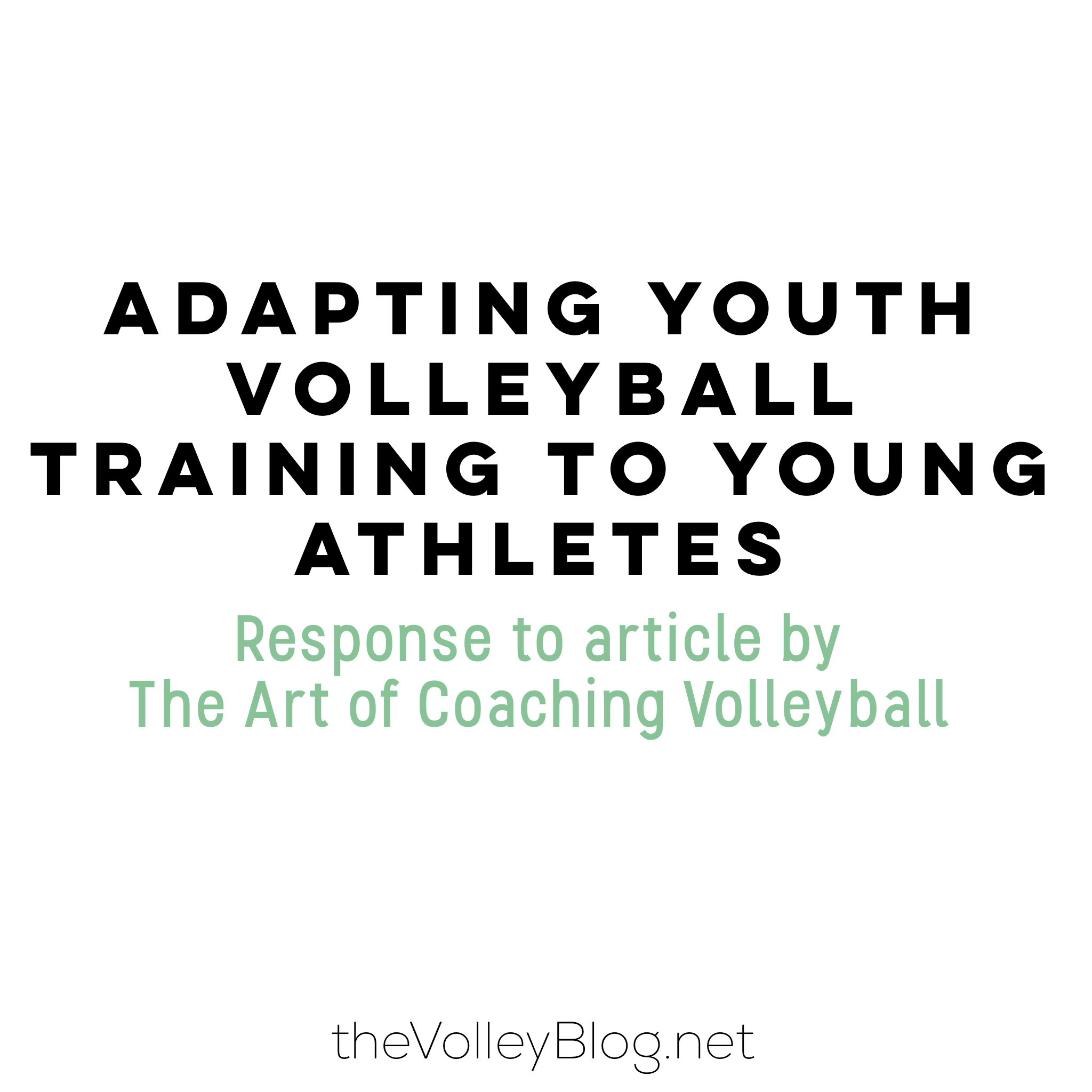
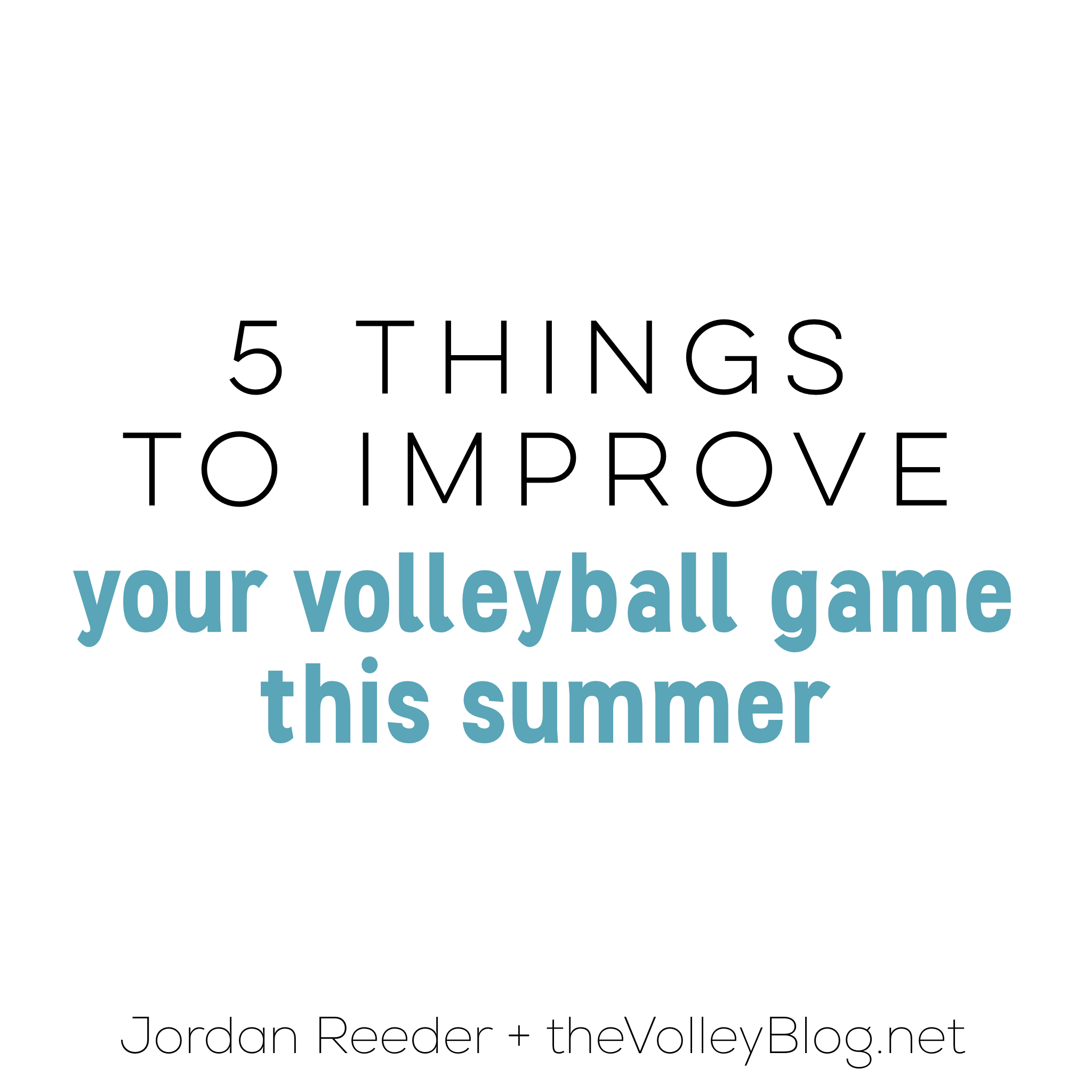




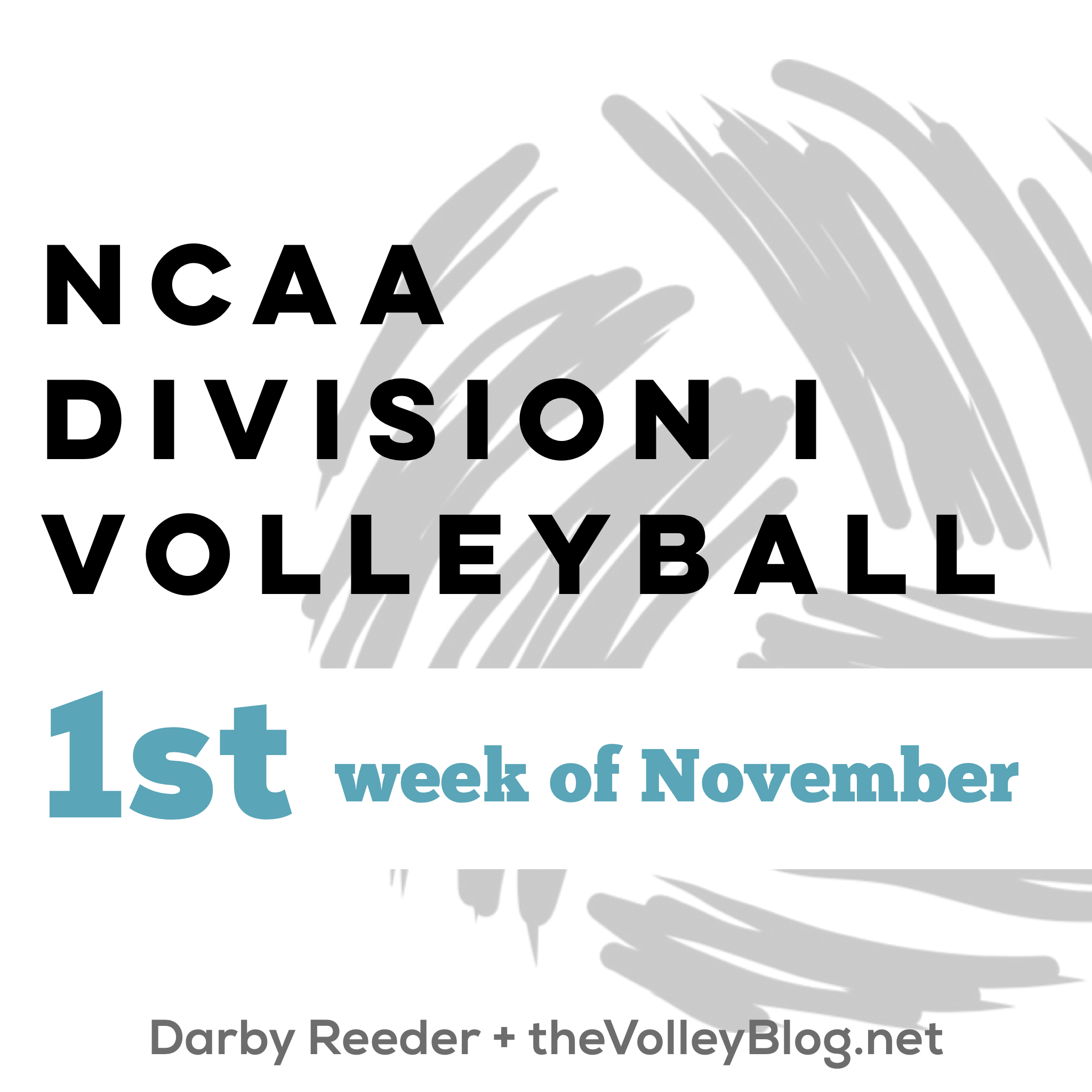

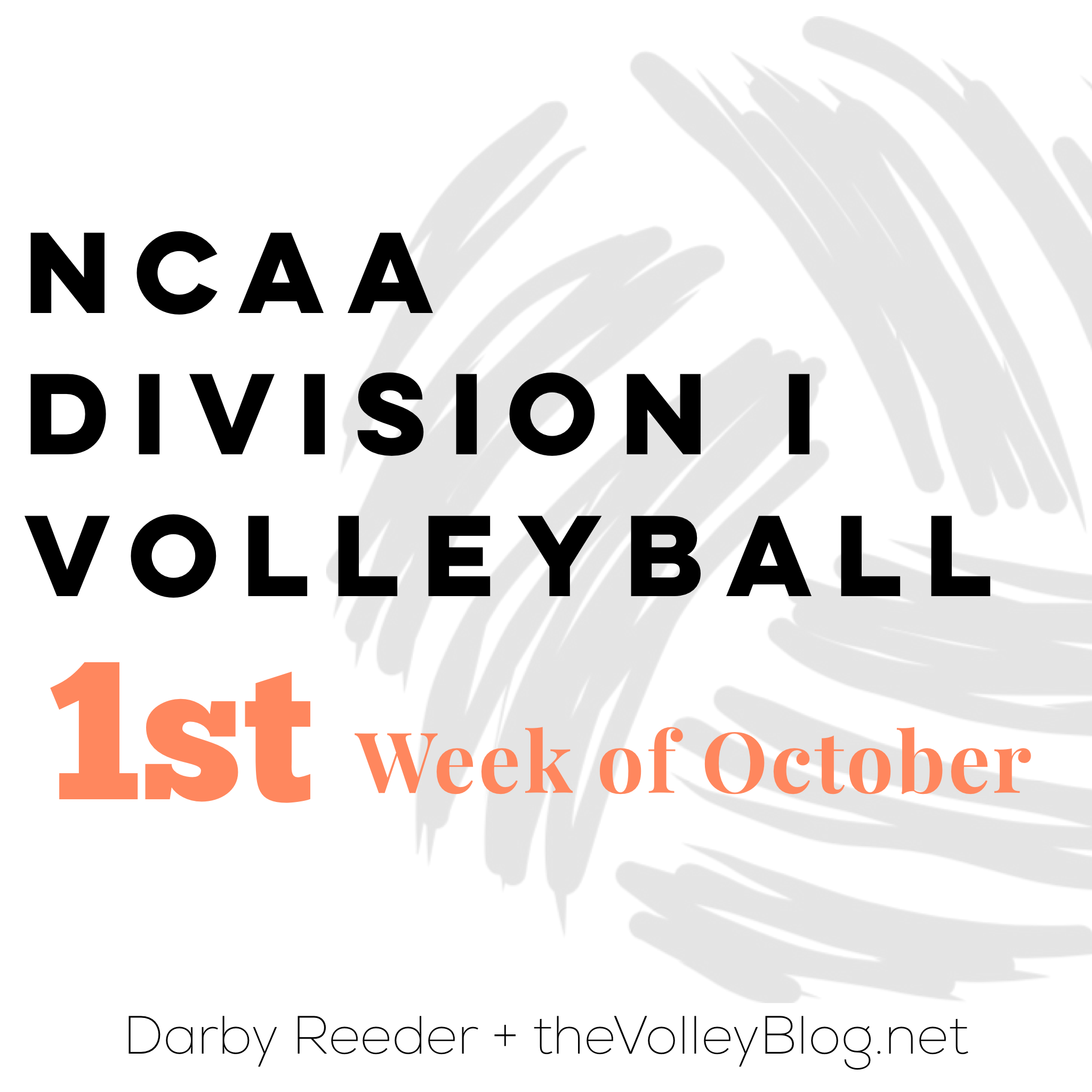

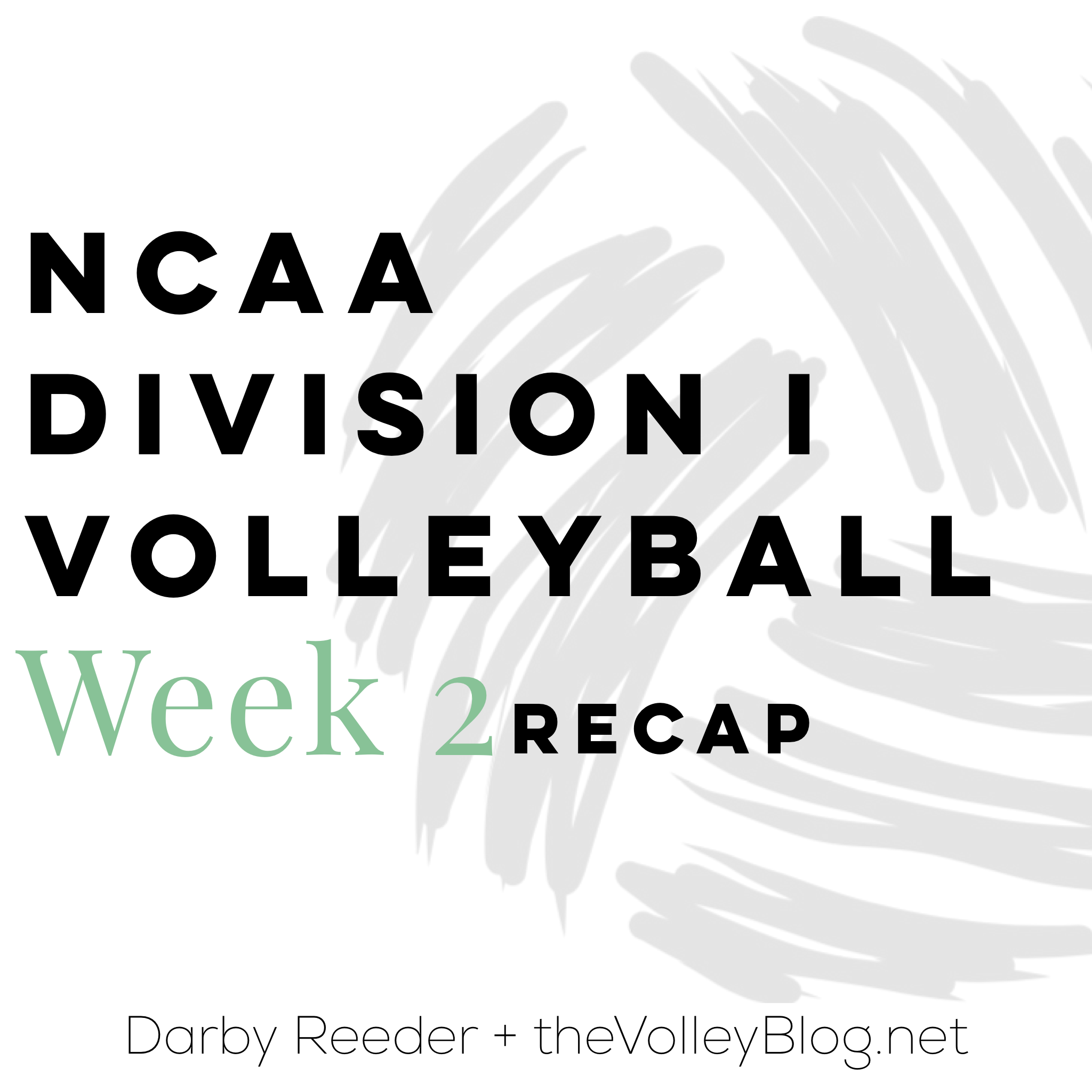
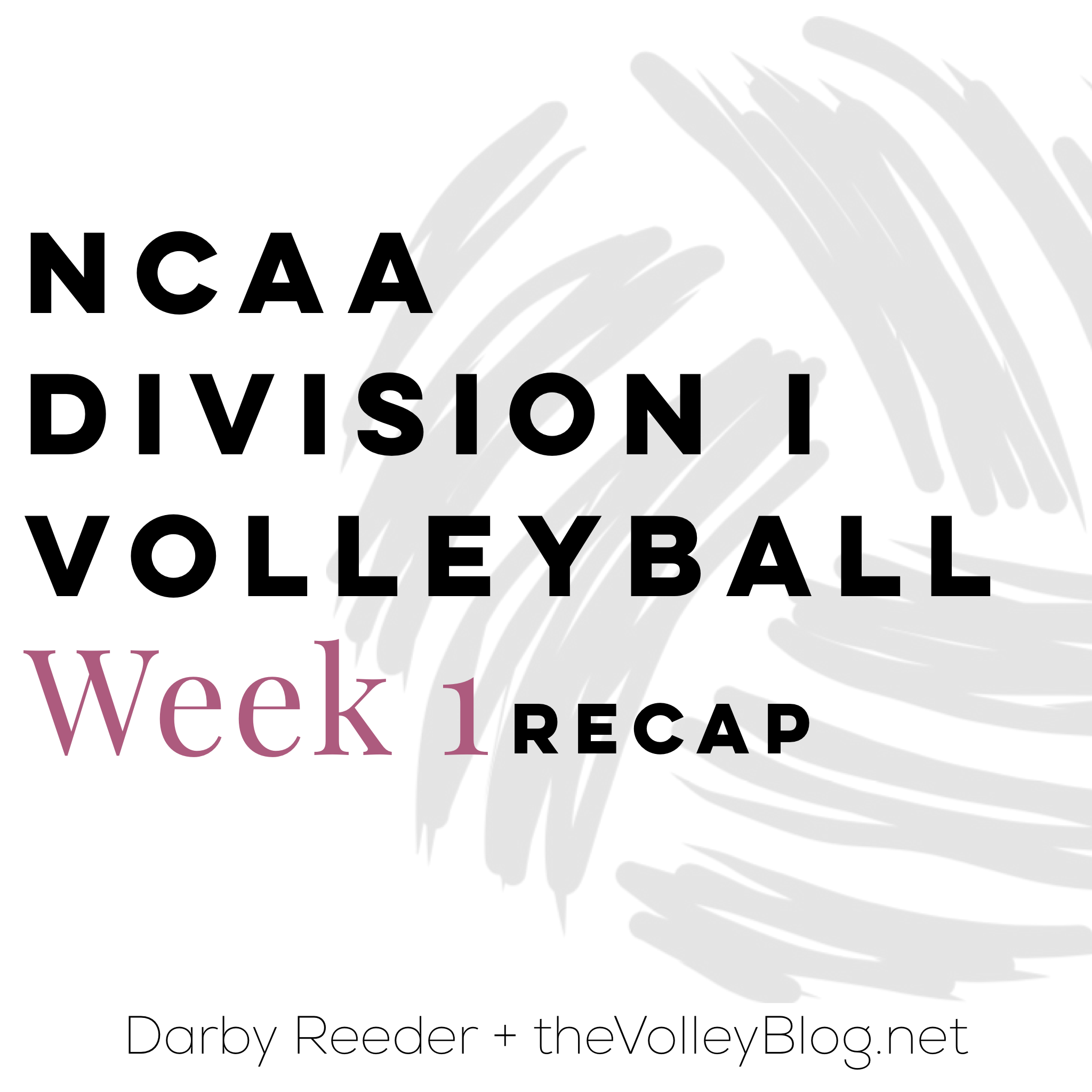



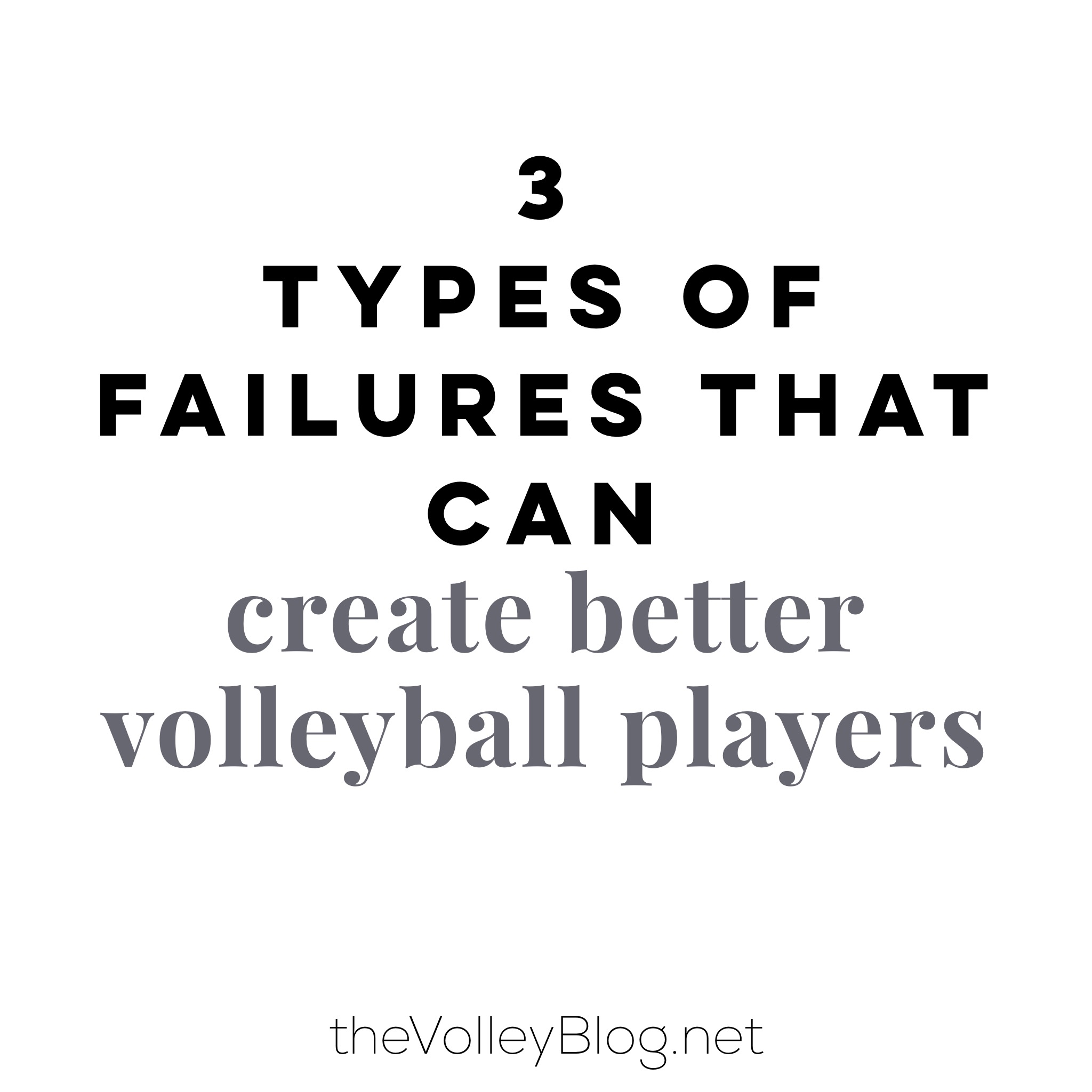





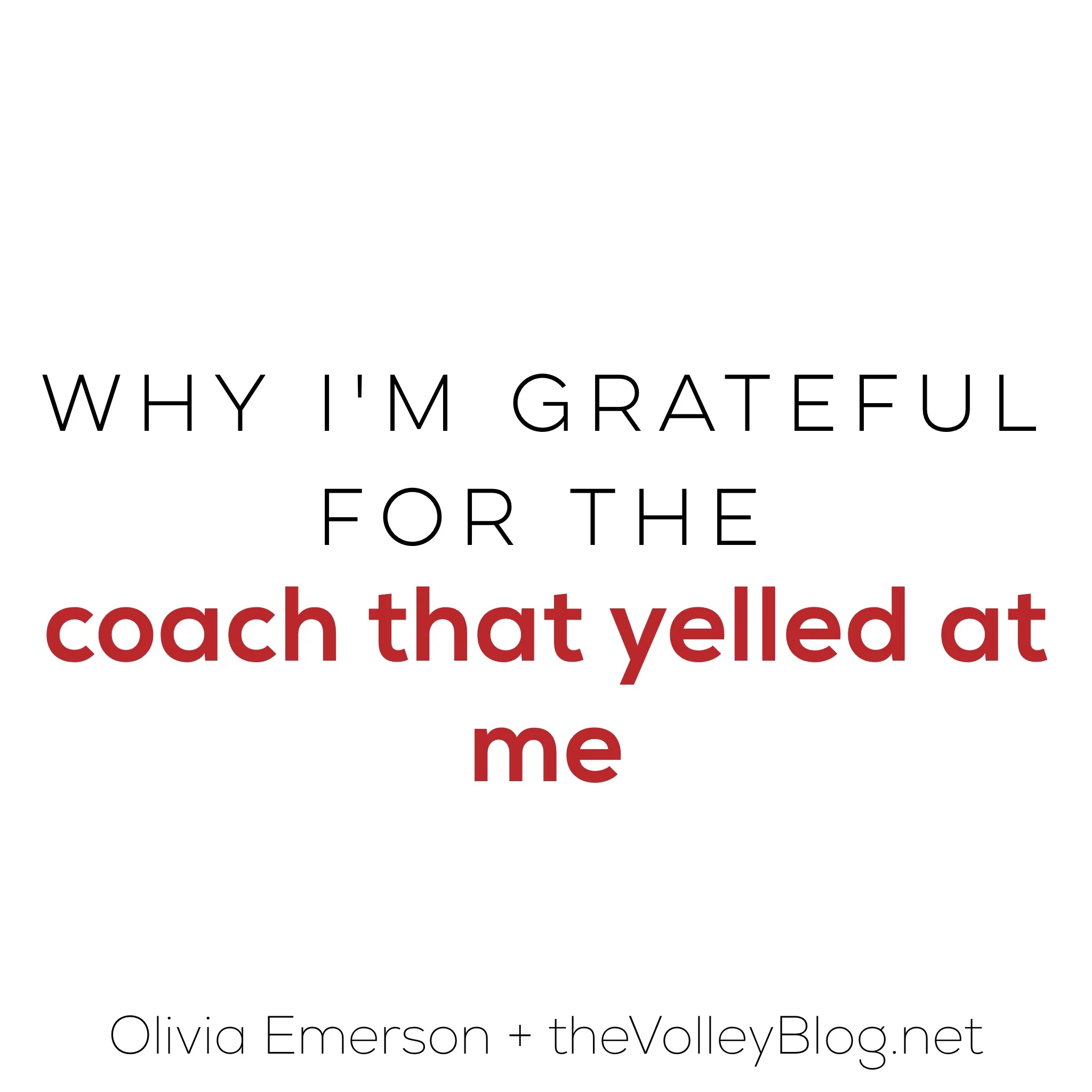




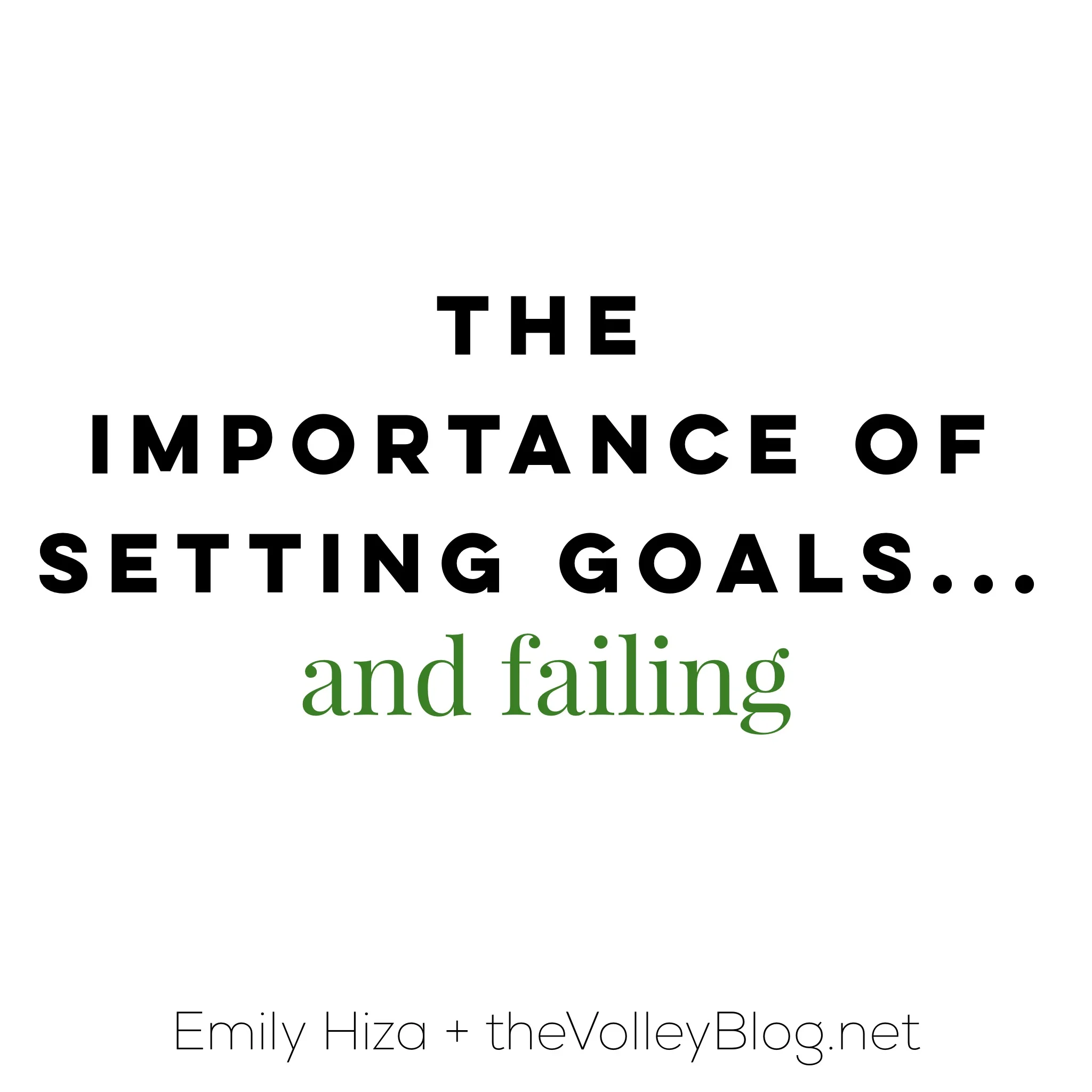

If there was one position in volleyball that gets a bad rap, it is the Defensive Specialist. While it is easy to write-off these players, just as Setters, Pin Hitters, Middles, and Liberos have roles to take care of, so do Defensive Specialists! Check out our volleyball dictionary definition for Defensive Specialist, intangible qualities a coach wants to see on the court and the 1 key to being a great Defensive Specialist.